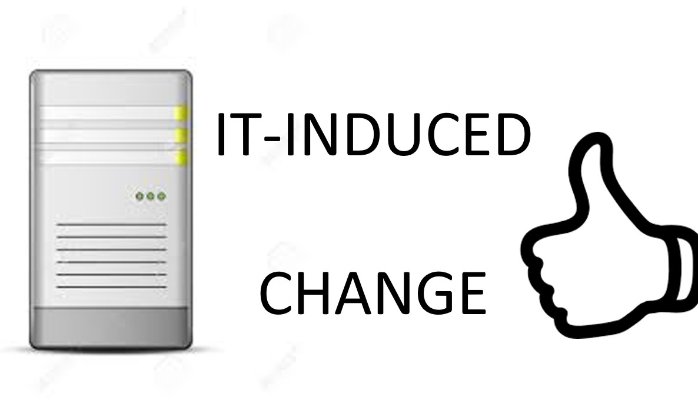Picture this. Today, a new President is sworn into power in Niakanda – a fictional developing country in Africa. Brimming with enthusiasm and good intentions, His Excellency’s first task is to convene a sovereign National Summit with experts drawn from every sector of the society – Education, Health, Agriculture, Energy, Finance, Judiciary etc. Their mission? To draw up a vision that will place Naikanda among the top 20 most developed countries in the world in 10 years. They call it Vision 2022.
Time to implement. Various Ministries and Federal parastatals inaugurate elaborate transformation projects that guzzle immense resources of money and time. As new ‘’white elephant’’ projects spring up, slogans and buzz words fly around. Reforms … Modernization … Transformation … Meanwhile, the employees of these institutions look on in bored skepticism. Another reform … It will go the way of the others … Management is probably bluffing … Change what? … Will they increase our salaries? Abeg, jo. Let’s hear word.
This drama is enacted across the continent in different forms and guises. And the inevitable result is dashed hopes, disappointment and disillusionment. Why is this? Because while the end is laudable, the means is flawed. This approach to social change is not workable.
Picture another scenario. Victor – a middle-aged citizen of Niakanda – has an epiphany. He makes a firm resolution to change and be a better person in his personal and professional life. Based on this plan, he sets a new target for the Finance Department, which he heads – this year, operational efficiency must increase by 100%. After extensive brainstorming sessions, he decides that the best way to increase operational efficiency is to automate their existing manual processes.
He prepares a proposal and sends it to his MD, who after bickering about ‘unbudgeted expenses’ and ‘rising inflation rates’ decides to purchase a new software solution (say SAP) and employ a firm of consultants (say Accenture) to implement the new solution.
As more Departments follow Victor’s example and step up their game, the organization slowly transforms. And when enough organizations in the public and private sector improve, then Niakanda inevitably changes.
In summary, I believe that successful social change occurs in ascending order.
First the person changes. When enough people change, their organization changes. When enough organizations change, the society changes.
Rarely, if ever, does it occur in descending order; a cursory view of our historical antecedents will attest to this fact.
Following logically from this, future posts on this blog will fall into one of three broad categories – Personal Change, Organizational Change and Social Change.
The Change Troika.
PS: One may deduce from this that we need fewer economists and more psychologists and consultants in the world 🙂







Reblogged this on ThinkCHANGE.